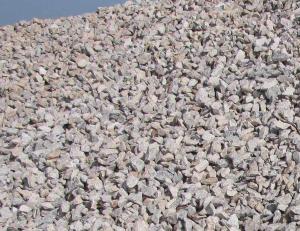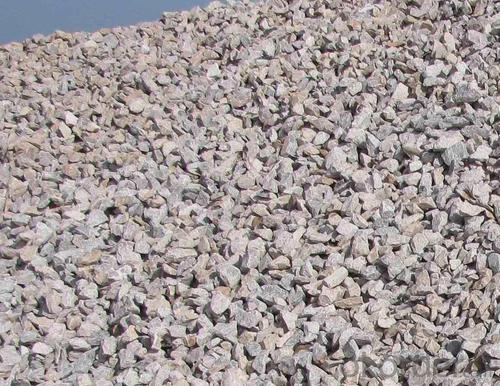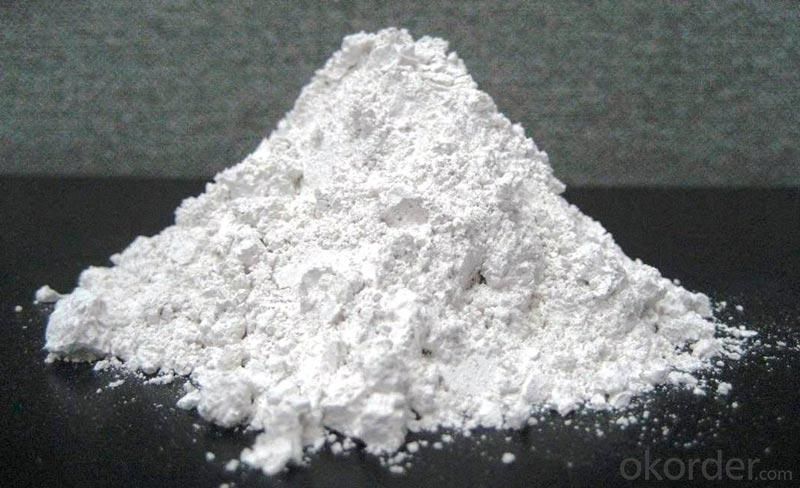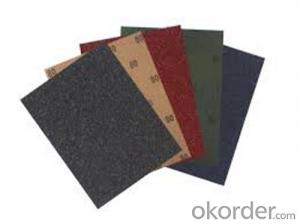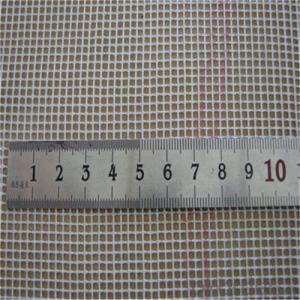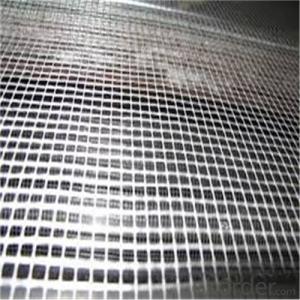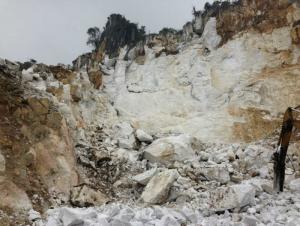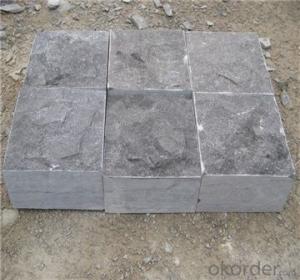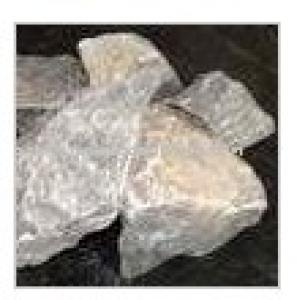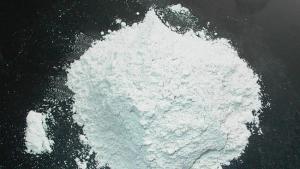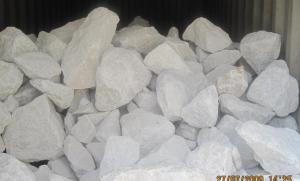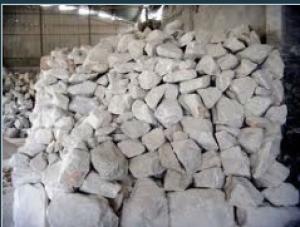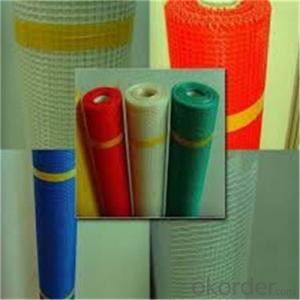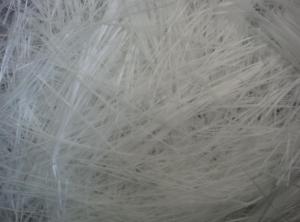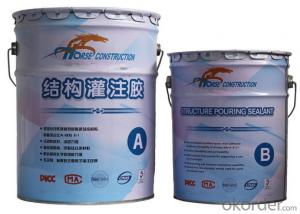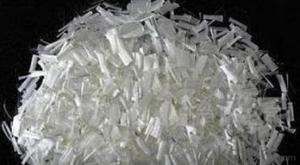Lime Stone
- Loading Port:
- China Main Port
- Payment Terms:
- TT or LC
- Min Order Qty:
- 20Ton m.t.
- Supply Capability:
- 3000TON PER MONTH m.t./month
OKorder Service Pledge
OKorder Financial Service
You Might Also Like
Packaging & Delivery of Lime Stone
| Packaging Detail: | As per buyer requirement |
| Delivery Detail: | Depend on order quantity. |
Specifications of Lime Stone
Lime Stone
1. Available in various percentages.
2. Varying from 50% to 90%.
3. All grades.
Introduction of Lime Stone
Lime stone is a very common sedimentary rock of biochemical origin. It is composed mostly of the mineral calcite. Sometimes it is almost pure calcite, but most limestones are filled with lots of other minerals and sand and they are called dirty limestones. The calcite is derived mostly from the remains of organisms such as clams, brachiopods, bryozoa, crinoids and corals. These animals live on the bottom of the sea and when they die their shells accumulate into piles of shelly debris. This debris can then form beds of limestone. Some limestones may have been derived from non-biogenic calcite formation. Although some limestones can be nearly pure calcite, there is often a large amount or sand or silt that is included in the shelly debris.
Limestones form usually close to the source of shelly debris although some significant transport can occur. Great sources for limestone are reefs. Reefs have been in existence for most of the history of life on Earth, but they have changed in the species that build them. Stromatolites, which are complex living structures of more than one organism (cyanobacteria and algae), formed the first reef like structures in the Cambrian Period. Early reefs in the Ordovician were composed of small crinoidal, bryozoan and brachiopod reef communities. In the Devonian, reefs became extremely large with tabulate and solitary corals starting to dominate, but brachiopods and crinoids still significant contributors. Some Cretaceous reefs really took on some huge proportions and were dominated by large, now extinct mollusks called rudist. Since those times, modern corals and bivalves (clams) have been the prime reef-building organisms.
All these carbonate shelled organisms needed the same requirements out of their ocean environments: sunlight, a food source, and enough turbulence to remove sand and clay. Where you find these conditions is usually the same, on the margins of flat littoral surfaces. Reefs tend to be offshore from sandy beaches but not in too deep of water to not have sunlight. In fact reefs often build upon the skeletal debris of former reef inhabitants to continually grow upward to the sea surface where turbulence keeps the reef "clean" from sand and clay debris. Ancient reefs and limestone’s are closely interconnected, although not all limestones indicate an ancient reef.
Because of limestone's biogenic origins, it is often the best rock for finding fossils. The organisms themselves leave fossils in the rock and entire communities and even entire reef structures can be preserved in a limestone bed. At times a limestone is entirely composed of fossils. The rock coquina is a variety of limestone and is composed entirely of fragments of sea shells.
But most limestones have a significant amount of carbonate mud. This mud matrix can even constitute 100% of the limestone rock. Origins of this mud are debated and may just be a fine grained mud left from the erosion and abrasion of calcite shells. There maybe a non-biogenic origin too. At times modern carbonate muds can accumulate in the oceans in thick layers that are destined for limestone formation. A limestone variety is caused by swift currents that rolled carbonate mud into small beads that (once solidified) look like tiny eggs. This limestone variety is called an oolite and is sometimes very ornamental.
Limestone is almost always marine (ocean water) in origin and is usually associated with other near shore rocks types. In a typical marine scenario, to the shore side of a reef is the silica mud of a lagoon and closer to shore is the sand of a beach. The silica mud will form a shale while the beach sand will form a sandstone. Farther inland might be a swamp whose organic debris might form a coal layer. Throughout the Carboniferous time period, coals were often interbedded with sandstones, shales, and limestones in repeating cycles. These cycles represent changes in ocean levels over thousands of years as swamps are flooded by a beach and then a lagoon and perhaps a reef. But as sea levels fall the limestone of the reef is replaced by the shales of a lagoon and then the sandstone of a beach and on and on. Hundreds of feet of repeating cycles like this can occur.
Limestones are important rocks. They can be used for building materials but are not quite as strong as sandstone and are easily weathered by acidic conditions. Limestones are the primary source of lime for cements. Cement is considered one of the most important construction materials ever invented by man. Limestone can be crushed and used as road ballast. Significant quantities of limestone are quarried around the world for these purposes.
Limestone is usually the type of rock that gives us caves. Most caves are the result of dissolution of calcite by acidic waters. Ground water can dissolve portions of massive limestone formations and yield extremely large caverns. Large caves and numerous sinkholes are often found in areas that have significant limestone formations.
Metamorphosed, fairly pure limestone forms the metamorphic rock, marble. During the metamorphic process, the crystals of fine grained calcite in the limestone become merged and melded into other large crystals forming the interlocking course grained texture of the marble. All limestones under go some kind of alteration after initial solidification. These alterations can include dolomitization, recrystalization, styolitization, compaction, cementation and exsolution to name a few. All of these things are considered part of the diagenetic process. Diagenesis is anything that happens to a sedimentary rock after original deposition. At some point diagenesis and metamorphism meet and the stone is no longer a limestone, but a marble. The boundary between the two is well studied and usually not difficult to distinguish as significant changes occur to the calcite crystals during metamorphism.
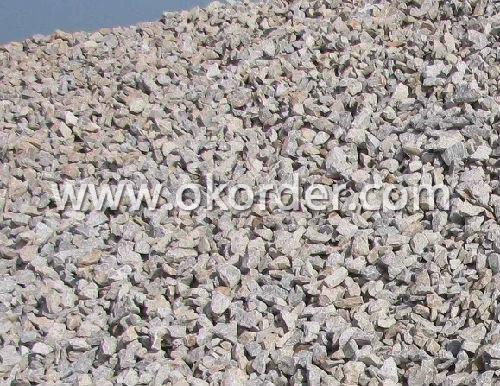
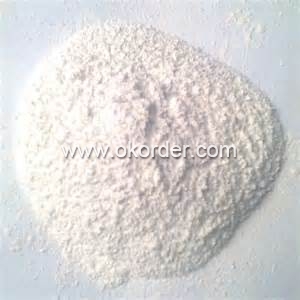
1. Manufacturer Overview
| Location | |
| Year Established | |
| Annual Output Value | |
| Main Markets | |
| Company Certifications |
2. Manufacturer Certificates
| a) Certification Name | |
| Range | |
| Reference | |
| Validity Period |
3. Manufacturer Capability
| a) Trade Capacity | |
| Nearest Port | |
| Export Percentage | |
| No.of Employees in Trade Department | |
| Language Spoken: | |
| b) Factory Information | |
| Factory Size: | |
| No. of Production Lines | |
| Contract Manufacturing | |
| Product Price Range | |
Send your message to us
Lime Stone
- Loading Port:
- China Main Port
- Payment Terms:
- TT or LC
- Min Order Qty:
- 20Ton m.t.
- Supply Capability:
- 3000TON PER MONTH m.t./month
OKorder Service Pledge
OKorder Financial Service
Similar products
Hot products
Hot Searches
Related keywords
